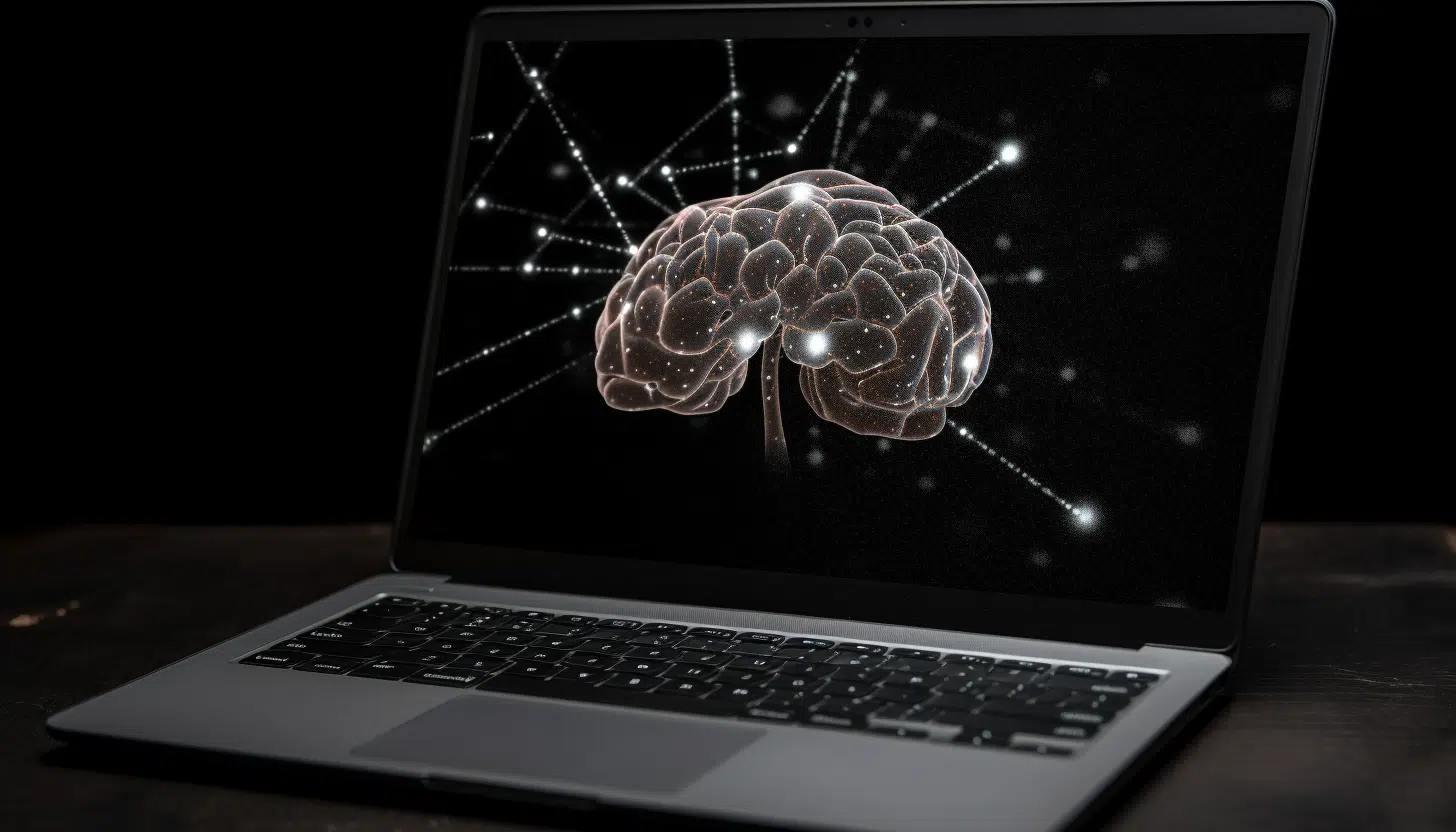AI-powered tools: Boosting efficiency in content creation for marketers and creators

As the year draws to a close, it is of great value to reflect upon the last 12 months, particularly in assessing what has proven effective in light of newly introduced tools like generative AI-powered solutions. Gen AI has been a prominent theme this year, and organizations across industries are actively exploring its potential. Numerous companies are not only using popular gen AI tools, but also many are creating their own custom gen AI tools. In fact, the latest reports suggest that the gen AI market is poised for remarkable growth, with projections indicating it could reach an astounding $1.3 trillion by 2032.
McKinsey's findings reveal that commercial leaders are allocating more than 20 percent of digital budgets to gen AI, underscoring their pioneering role in pushing for adoption as a tool for company-wide implementation. This push can be good news for marketing teams. Marketers in particular find themselves at the threshold of transformative possibilities with AI tools for content creation. These AI-powered solutions offer the promise of streamlining content creation, making it faster and more precise. Marketers can harness the capabilities of AI to generate compelling visuals, craft persuasive messaging, and tailor content to specific audiences with unprecedented precision. Let’s dive into specific areas where gen AI has benefited the role of marketers and creatives.
Working smarter and faster
When surveyed, marketers predict that gen AI can save them 5 hours per week -- resulting in over a month per year. This development is monumental, as it allows marketers to redirect their attention toward more effective tactics and overarching strategies.
For visual content in specific, AI-powered tools are altering the way marketing teams create and edit images. They can take text or descriptions and instantly turn them into images, eliminating the need for time consuming manual image creation. What once required hours or even days of painstaking effort can now be accomplished in a fraction of the time. In addition, AI tools offer the ability to edit and enhance images in a matter of seconds -- long gone are the days where marketers may need to take a course to learn how to use graphics editor platforms.
Lastly, AI tools use customizable templates to produce visuals, streamlining the design process and ensuring both speed and consistency.
Opening a window to endless creativity
Echoing the timeless adage, "a picture is worth a thousand words," it is abundantly clear that images do most of the talking in today’s marketing. It is of the utmost importance that campaign creatives resonate with the designated audience. In a landscape where consumers are inundated with marketing messages and visuals, marketing assets must distinguish themselves from the rest. To underscore the paramount significance of creative advertisements, we must also factor in the rise of digital platforms providing ad-free services. This not only shrinks the potential audience but also intensifies the need for marketers to create out-of-box campaigns. In the end, it becomes a battle where only organizations with imaginative prowess will emerge victorious.
The incorporation of AI into tools like image generators represents a revolutionary leap forward. AI-powered image generators can provide inspiration, and it gives marketers the power to build unique images centered around specific key messages. Marketers can simply input key words and prompts and quickly have a carefully crafted image on-hand. This capability allows for a spark of creativity as each iteration of the image can be improved and edited until it perfectly fits the marketer’s vision. This process can help creatives build campaigns that turn heads and grab attention.
Elevating personalization for swift custom campaigns
Marketers are fortunate to have a treasure trove of customer data at their disposal. Traditionally, this data has served as the bedrock for generating insights that fuel the creation of personalized experiences for specific consumer segments. A remarkable 71 percent of consumers anticipate personalized interactions from companies, and a substantial 76 percent experience frustration when this expectation remains unmet. While consumer expectations for customization remain high, the drawback often lies in the time-intensive nature of crafting individualized campaigns, particularly when it comes to crafting unique visuals and messages.
However, the integration of AI-powered solutions into this equation has the potential to alter the game. These cutting-edge AI tools offer a streamlined and transformative approach, promising to reshape the landscape of personalized marketing efforts. In the age of personalized experiences, consumers demand uniqueness, even in visual assets.
Moreover, AI empowers marketers to infuse a global essence into a locally focused campaign, resonating effectively with audiences regionally. The integration of AI into digital content components provides organizations with the tools to create compelling and influential campaigns.
Empowering SMBs
Small and medium-sized businesses (SMBs) are the heart of the US economy, playing a big role in generating new ideas and making the economy stronger. But they often have a tough time competing with big companies that have a lot more money and tools with which to work. SMB marketers face a challenging role, with limited resources and the pressure of ensuring every campaign is successful for the vitality of the business. This is where AI can be a great ally for SMB creatives. By using AI technology and combining it with their deep understanding of their customers, small businesses can make special, attention-grabbing content that can compete with the big companies. Indeed, SMBs are recognizing this opportunity; 70 percent of SMBs have taken steps to invest in AI and automation technology or have conveyed their keen interest in embarking on such investments.
When AI and creativity unite: A match made in marketing bliss
The rise of AI is thrilling, especially for marketers, advertisers, and creatives. It will inspire more innovative ideas and help brands strengthen their personal connection with customers. However, it’s important to note that generative AI still requires human guidance to convey meaning and it won’t be replacing jobs anytime soon. It’s a partnership that offers marketers the freedom to break free from routine and time-consuming tasks – permitting them to focus on higher-order activities that demand strategic thinking.
AI opens the window of possibilities for marketers to create, design, and execute distinctive campaigns, and as such marketers should view AI as a collaborator to enhance and complement their own creative capabilities. With 2024 on the horizon, now is the ideal moment to explore the potential of AI-powered tools to drive efficiency and innovation and enter the new year strong.
Image Credit: Wayne Williams

Jose Florido is Chief Market Development Officer at Freepik in the U.S. He is responsible for the strategic direction and operational performance of the company’s leading products in the U.S. market, Freepik and Slidesgo. Florido previously worked as Director of Product Design at Spotify, Product Design Manager at Facebook, Inc. (now Meta Platforms, Inc.) and as a UX Designer at Google.
